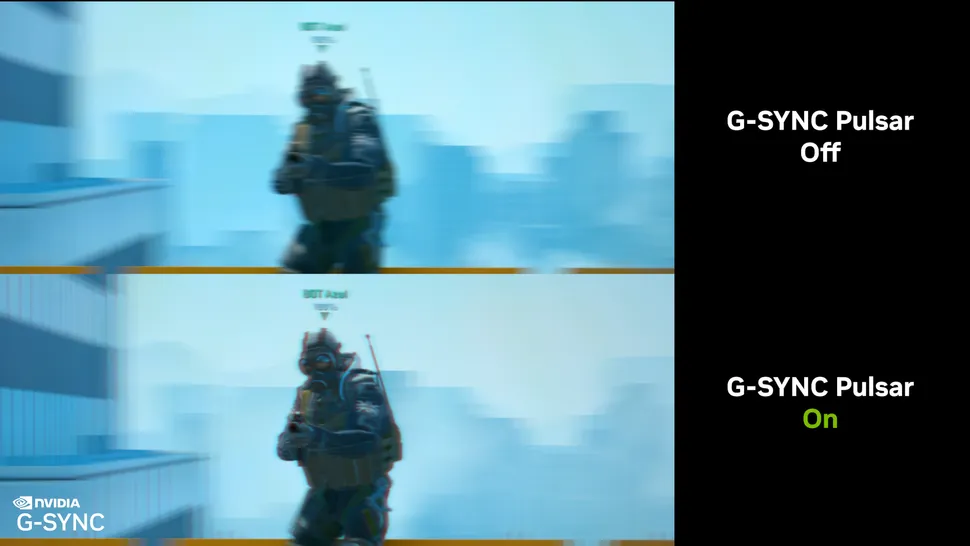A couple of news that may interest some of you:
Intel to roll out 14th Gen's game optimization software to older 12/13th Gen hybrid CPUs after all
https://www.pcgamer.com/intel-to-roll-out-14th-gens-game-optimization-software-to-older-1213th-gen-hybrid-cpus-after-all/
Intel's performance-enhancing Application Optimizer software is set to be supported on some 12th and 13th Gen processors, in a complete reverse of the company's previous position on the matter.
Application Optimizer (APO) is a piece of software built into Intel's drivers that helps optimise processor performance in supported games. It has the potential to be quite handy, too. Intel cites up to double digit performance gains with APO enabled in Metro Exodus, for example.
Initially only supported on the 14900K/KF and 14700K/KF, there had been calls on Intel to open up the APO software—which is built into Intel's Dynamic Tuning Technology (DTT) driver—to older 12th and 13th Gen chips that utilise the same sort of hybrid architecture as the 14th Gen.
Intel had resoundingly shot down this idea to Hardware Unboxed, after the YouTube channel's own testing of the feature, when it quoted Intel as saying it "has no plans to support prior generation products with Application Optimization."
Well, that's all changed at CES 2024. Just briefly mentioned during a presentation, Intel said it plans to support some prior generation products with Application Optimization—at least some 12th and 13th Gen K-series processors.
>>The launch window is over and now they can roll it to the other processors without hurting the salse of those 14th gen CPUs.
Nvidia's G-Sync Pulsar hopes to banish a form of motion blur that's plague PC gaming for years
https://www.pcgamer.com/nvidias-g-sync-pulsar-hopes-to-banish-a-form-of-motion-blur-thats-plague-pc-gaming-for-years/
One way to prevent motion blur from occurring on a gaming monitor is to speed up how fast a pixel is able to transition to another value. Us PC gamers know that—we're always chasing lower response times and higher refresh rates. However, Nvidia tells me there's another important factor in causing motion blur in monitors: our eyes. They hold onto information as it flashes in front of our eyes, causing blur, and the only way to get rid of that is to strobe a monitor's backlight.
Remember Ultra Low Motion Blur? That's essentially what we're talking about here. Though Nvidia is bringing together a couple things to make for an all-round blur banishing tech with G-Sync Pulsar. Nvidia says it is designed specifically to provide a more advanced strobing technology that works in tandem with variable refresh rate technologies.
I've just watched G-Sync Pulsar over at its CES 2024 booth. The Nvidia employees demonstrating it for me had Counter-Strike 2 running on a high-refresh rate gaming monitor. First up, Pulsar disabled. They noted to pay particular attention to the display name above the player character, which was pretty much indecipherable as they moved the character back and forth across the screen.
With a flick of a switch, Pulsar came on and the name tag was clearly pretty visible. Similarly, more details on the player character were clear as they ran back and forth.

Please excuse my bad English.
Currently gaming on a PC with an i5-4670k@stock (for now), 16Gb RAM 1600 MHz and a GTX 1070
Steam / Live / NNID : jonxiquet Add me if you want, but I'm a single player gamer.


















 Essay Pro
Essay Pro